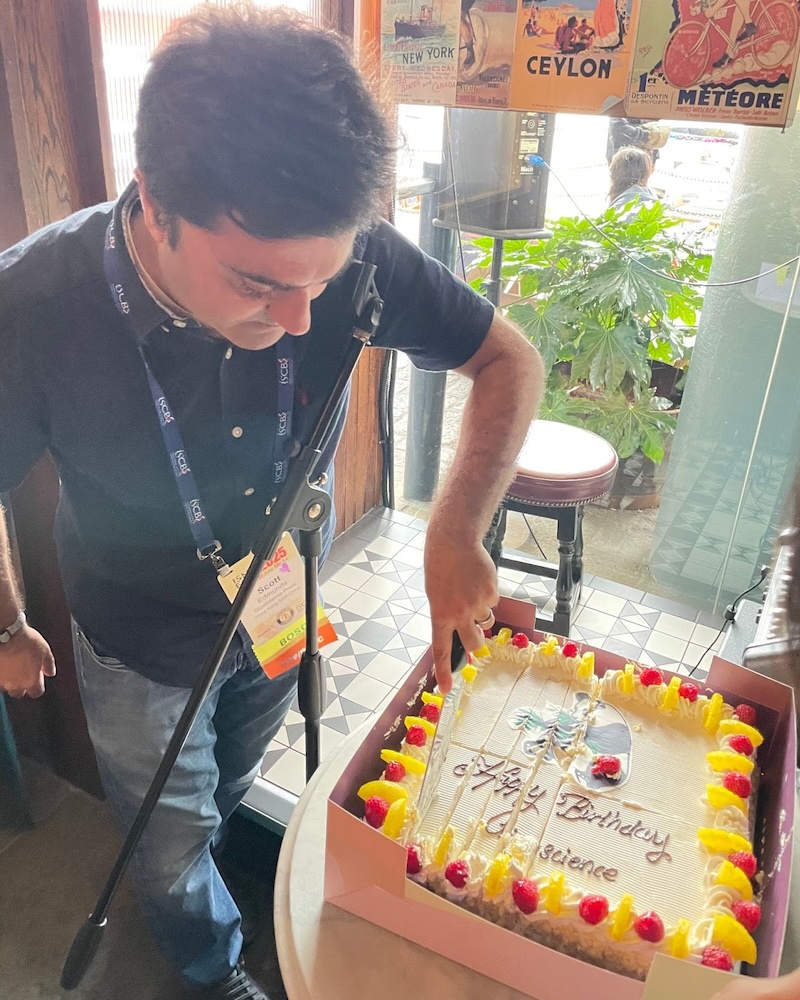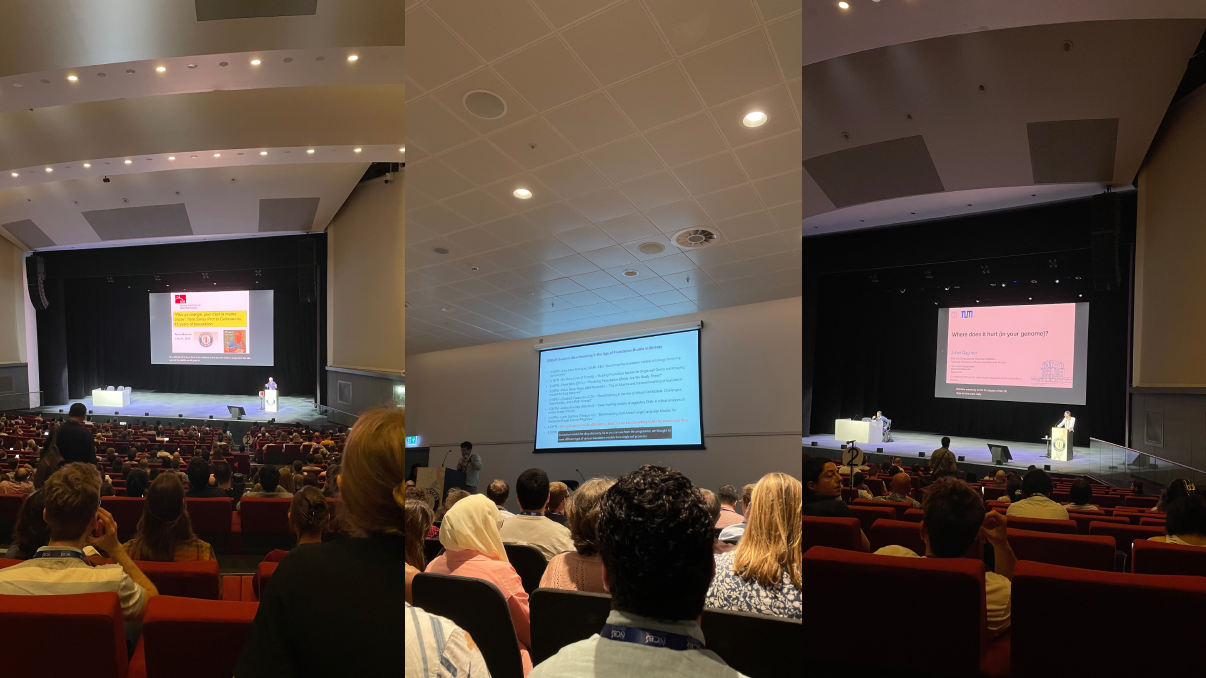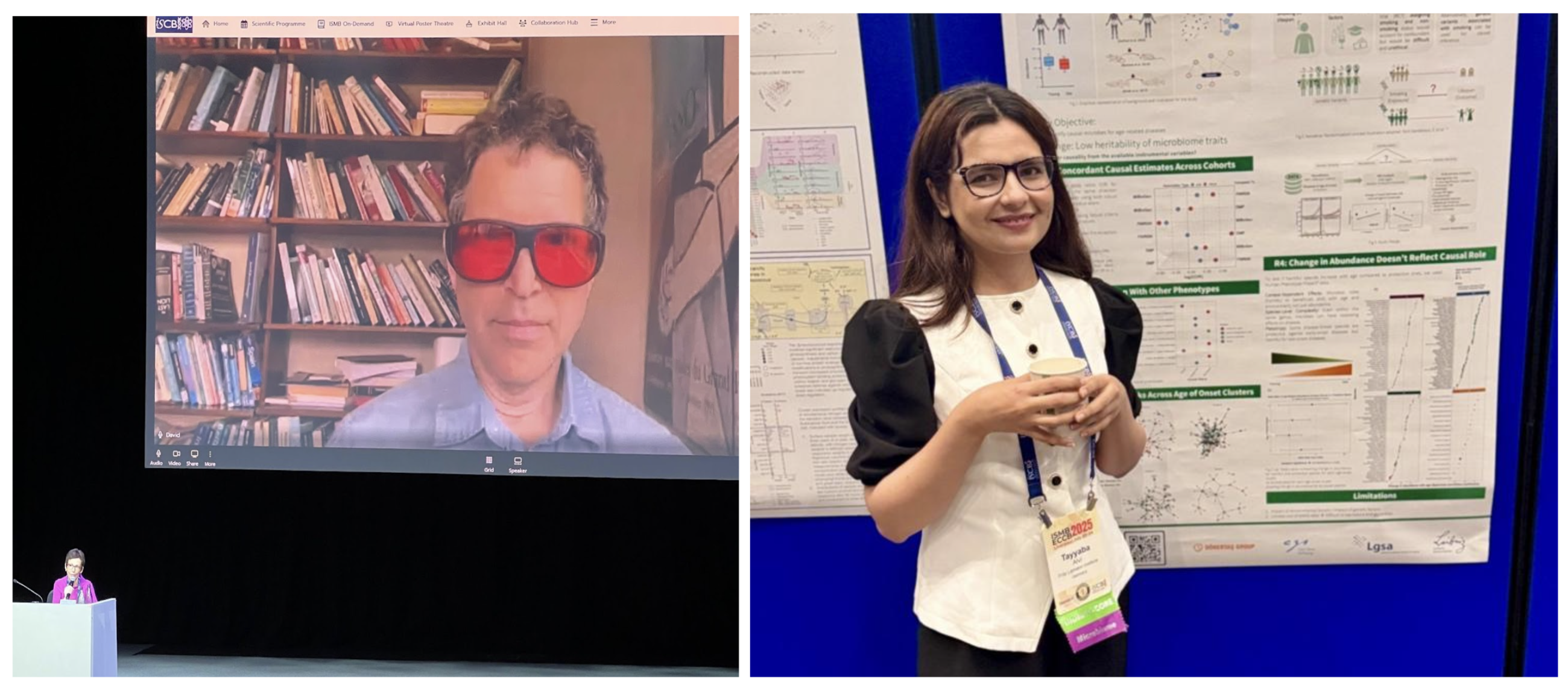
BOSC 2026 is planned for July 14-15, 2026, as part of ISMB 2026 in Washington, DC.
We invite our community to nominate potential keynote speakers who would be of interest to our community. You may submit as many nominations as you wish. The form may be filled out multiple times. Please submit nominations by December 15, 2025.
Why this matters
Keynote talks are always a highlight at BOSC. We traditionally open and close the conference with invited speakers—prominent contributors or emerging leaders whose work resonates with the bioinformatics open-source community.
[Read More]
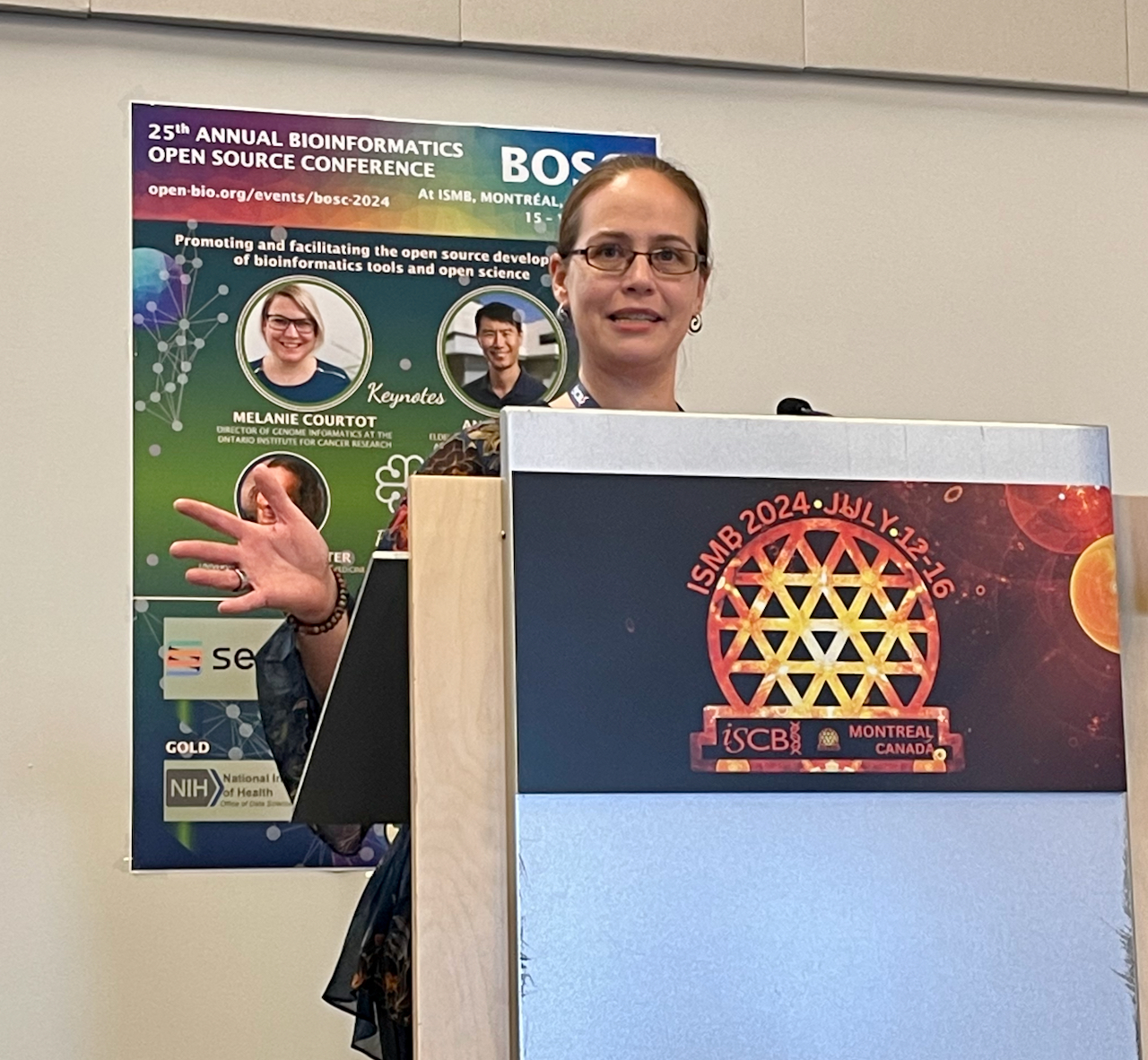

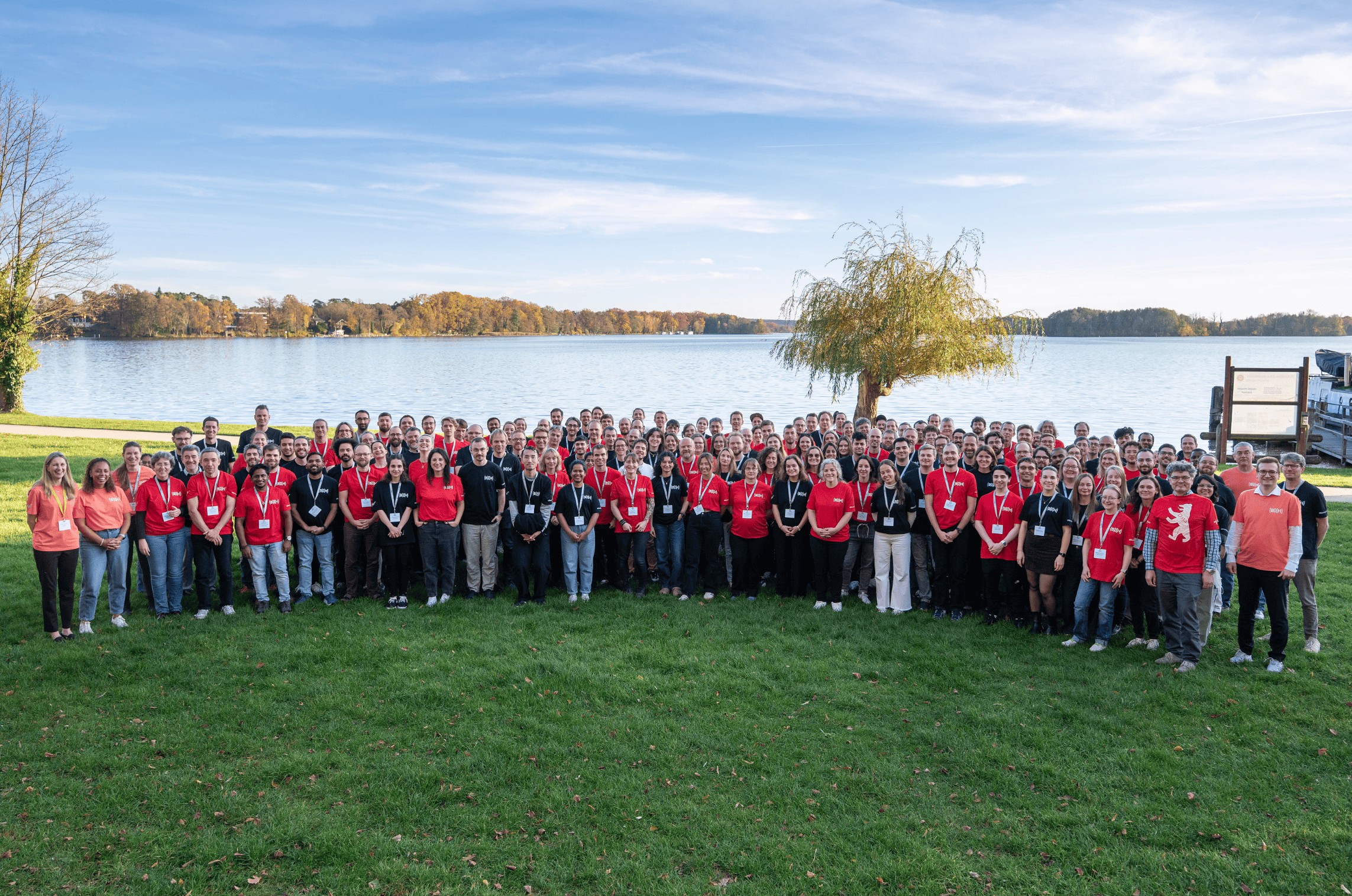
 My team (Group 4) from the 2025 ESIIL Innovation Summit.
My team (Group 4) from the 2025 ESIIL Innovation Summit.